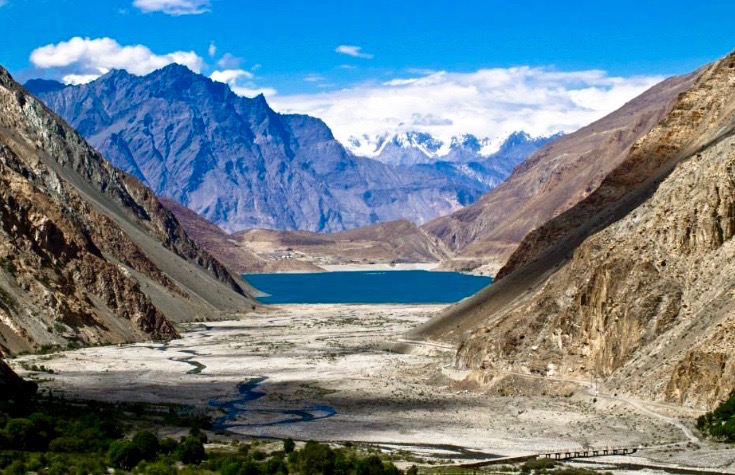Pakistan lays claim to being one of the few untapped tourism destinations on earth. Multiple challenges, though, have prevented it from optimising its dramatic landscapes and diverse history, cultures and cuisines.
In the 1980s, Pakistan was one of the world’s top emerging destinations. It has since fallen off the travel map. Persistent terrorism, poor infrastructure, ineffective marketing and a complex visa process have deterred visitors. Our Check-in Asia Hotels & Travel research team has produced a new report for Mintel analysing the challenges for developing tourism in this spectacular but troubled nation.
Pakistan is the world’s 33rd-largest country, with the sixth-largest population. Tourism is mainly focused in the northern alpine regions, which feature five of the world’s 14 peaks that soar over 8,000m, notably K2 (8,611 metres). But warnings against travel to Pakistan are regularly issued by countries worldwide; even the finance minister has acknowledged, “Pakistan is a frontline state in the global war against terror.”
So does tourism have a future in Pakistan? Here are five issues to consider.
1) Pakistan needs a national tourism policy. There has been no co-ordinated promotion to the travel industry or consumers since 2011, when tourism management was devolved to provincial control. Hence, there are six regional tourism bodies, plus the Pakistan Tourism Development Corporation. The PTDC is now lobbying for the revival of a national tourism body to guide the provincial governments and re-launch international marketing efforts.
2) The absence of reliable data makes it difficult to ascertain inbound arrivals. International tourism has grown very slowly, from around 907,00 arrivals in 2010 to an estimated 1.2 million in 2017, but these figures are impossible to verify. Tourism contributed just 2.7% of GDP in 2016, says the World Travel & Tourism Council, and accounts for only 6.2% of total employment.
3) Domestic tourism is now the primary focus. Given the myriad hindrances to developing inbound growth, domestic travel offers short-term opportunities. A sizeable consumer class is seeking new ways to spend its leisure time. The government has targeted 55 million domestic travellers by 2018, although local media quotes an estimate of “around 80 million.”
4) The aviation industry remains poorly structured. It is also financially troubled and uncompetitive in comparison with other countries in Asia. A more competitive aviation sector and the introduction of regional low-cost-carriers (LCCs) would inject dynamism and market realism. For example, only four airlines serve domestic routes, and aside from the state-carrier Pakistan International Airlines, the other three count a total of around 100 planes.
5) Islamic tourism may attract new investment. While domestic tourism demand will likely drive investment, Pakistan has identified opportunities in the burgeoning Islamic tourism market – particularly from the Middle East, Turkey and South East Asia. During 2017, it has been actively courting potential investors to fund new tourism facilities tailored to the requirements of Muslim travellers in the world’s second most populous Islamic nation.
Please contact us for more details about how Check-in Asia‘s travel and tourism trends research and analysis can assist your business.






Leave A Comment